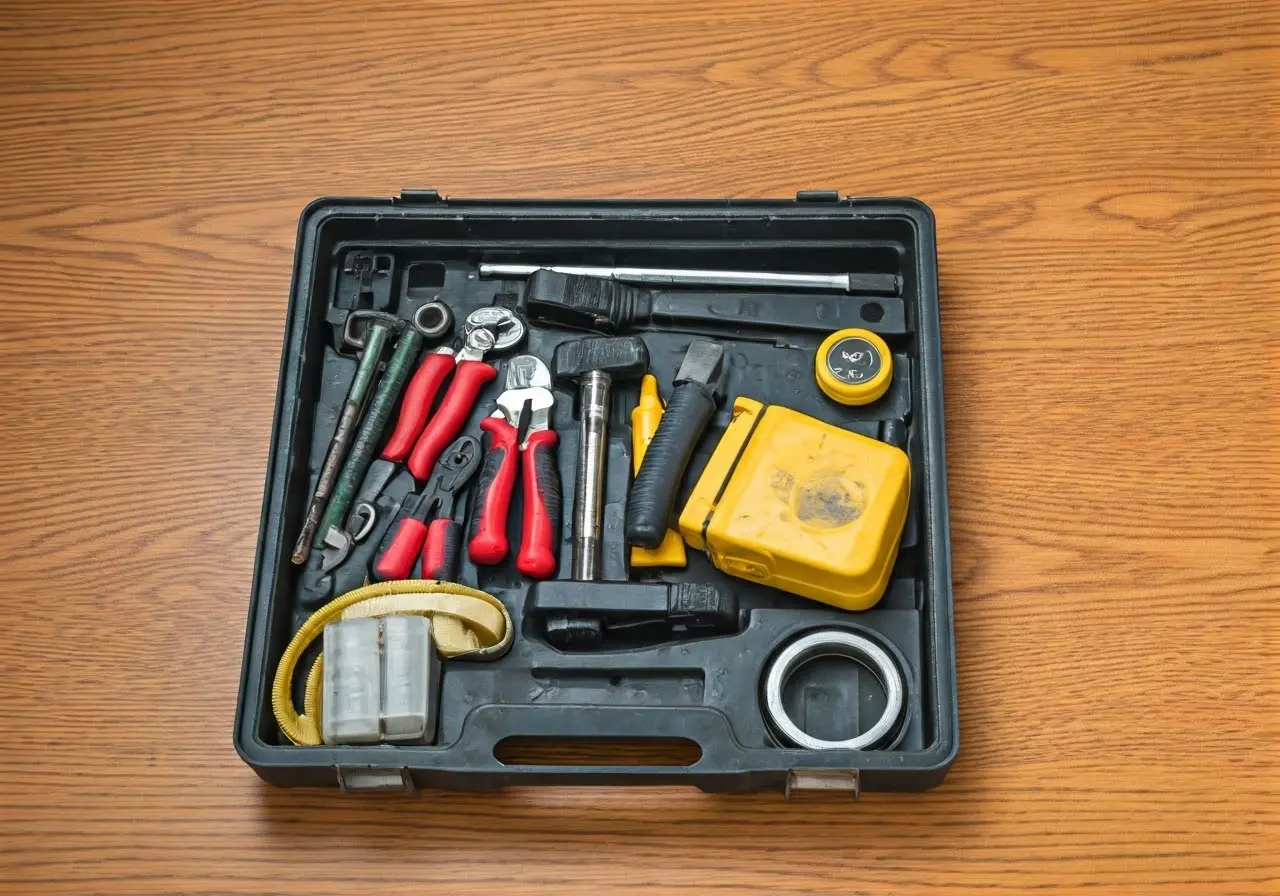4 Helpful Tips for DIY Water Damage Repair
Dealing with water damage in your home can be daunting, but with the right guidance, you can handle many repairs yourself. Before embarking on your DIY journey, understanding the basics and having a strategy is key. Here are twelve indispensable tips to kickstart your water damage repair projects effectively.
1. Understanding the Source of Damage
Identifying whether the water intrusion is due to weather, plumbing issues, or appliance failure is crucial. Understanding the source helps in tailoring your repair approach and preventing future incidents. Several telltale signs can aid in identifying the origin of water damage. For instance, a sudden rise in your water bill might point to a hidden plumbing leak, while stains on the ceiling often suggest problems with the roof. By pinpointing these sources, you can prevent the issue from recurring and tailor the most efficient repair methods to resolve the current problem.
Additionally, recognizing the source of water damage is integral to gauging the urgency of repairs. A leaky roof, for instance, might demand immediate attention before the next rainfall, while a minor drip from an old faucet can wait until convenient. Prioritizing repair tasks based on the source of water not only streamlines repairs but also aids in managing resources efficiently. It's an initial yet pivotal step in any DIY water damage repair endeavor.
2. Ensuring Safety Precautions
Before starting repairs, it's essential to turn off electricity and wear protective gear. Safety should remain a top priority in all phases of your DIY project. It's tempting to rush into fixing the damage, but taking the time to secure the area first can prevent accidents. Always check for structural integrity before proceeding, especially in areas with severe damage. This precaution allows you to work with peace of mind and ensures no additional accidents occur during the repair process.
Furthermore, wearing the right personal protective equipment such as gloves, goggles, and waterproof boots can shield you from potential health hazards. Mold and mildew, common in water-damaged homes, can present respiratory risks, making masks essential. Safety does not end with protecting yourself; it's about ensuring the work site is orderly to prevent trips and falls. Keeping tools organized and ensuring adequate lighting will further help avoid mishaps. Remember, a cautious approach leads to more effective repairs and a safer home environment.
3. Rapid Removal of Standing Water
Time is of the essence when dealing with water damage. Use pumps and vacuums designed for wet environments to quickly remove standing water and minimize further damage. The quicker the water is removed, the less chance there is for it to seep into porous materials and wreak havoc. Employ tools such as a wet/dry vacuum or a sump pump, depending on the volume of water. For smaller puddles, towels and mops might suffice for absorption. This swift action not only alleviates immediate flooding concerns but also lays a critical foundation for the drying process that follows.
4. Evaluating the Extent of the Damage
Assessing areas for moisture, mold, and structural damage is crucial in understanding what repairs are needed and helps in documenting the situation for potential insurance purposes. Begin by examining floors, walls, and ceilings for discoloration and warping, which are signs of water infiltration. Using moisture meters can also provide insight into hidden dampness in walls and subfloors. Proper evaluation can't be overstressed, as unaddressed dampness can lead to long-term structural degradation and mold growth. Collecting photographic evidence during this evaluation doubles as documentation for insurance claims, streamlining possible compensation processes.
Documentation should include the initial condition, repair steps, and progress details, which can also be useful for personal tracking or sharing insights with professional consultants if needed. The accessibility to modern tools and smartphone apps can assist in maintaining concise, systematic records throughout the repair journey. Keeping your findings organized serves as a useful guide for current and future repairs, ensuring no stone is left unturned. An in-depth understanding of the damage furthers a strategic approach, potentially avoiding repeated issues and inefficient rework.
Eastern Restoration & Disaster will assist in all steps of the restoration process. Not only will we mitigate the water damage, but we will also restore the property and guide you on the insurance claim process. Call now at 919.907.3826.


